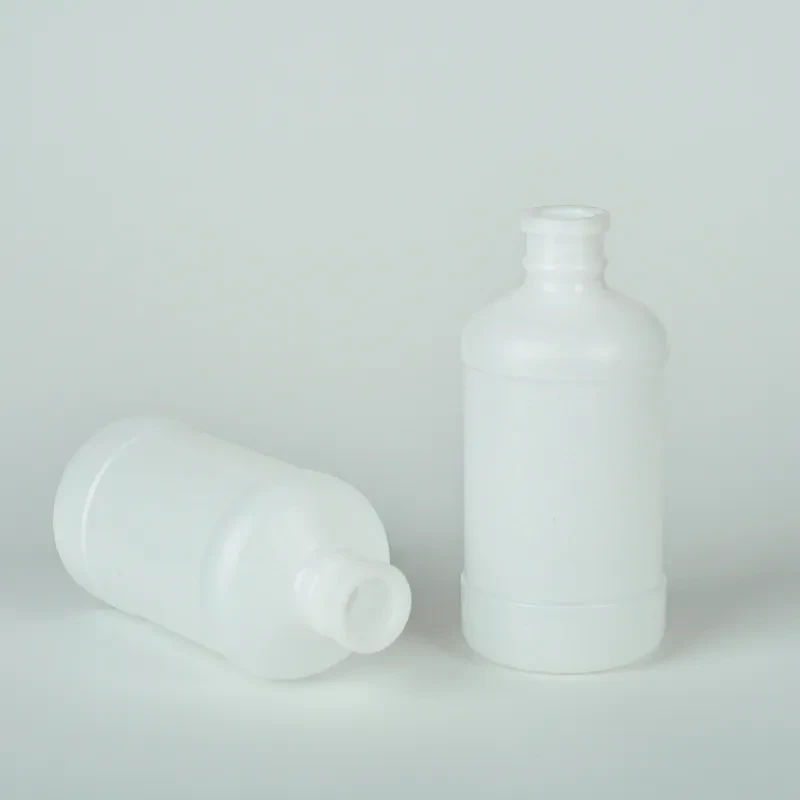Exploring the Benefits and Uses of IV Vials in Medical Settings
Understanding IV Vials Key Components in Intravenous Therapy
Intravenous (IV) therapy is a critical medical procedure that involves delivering fluids, medications, and nutrients directly into a patient's bloodstream. This method is often employed in hospitals to ensure rapid absorption and immediate effect, making it essential in emergency situations, surgeries, and for patients unable to take medications orally. At the heart of this process are IV vials, which serve as the primary containers for these vital substances.
What are IV Vials?
IV vials are small containers designed to hold liquid medications, usually made of glass or plastic. They come in various sizes, typically ranging from 10 mL to 1000 mL or more, depending on the specific medication or fluid being administered. The design of IV vials is crucial; they are engineered to maintain the stability and sterility of the contents while providing an easy means for healthcare providers to access and transfer the fluid into IV bags or directly into an IV line.
Types of IV Vials
There are several types of IV vials, each serving distinct purposes. The most common types include
1. Single-Dose Vials These contain a single pre-measured dose of medication intended for immediate use. Once opened, the contents must be used quickly to prevent contamination and ensure patient safety.
2. Multi-Dose Vials Unlike single-dose vials, these can be accessed multiple times. They are often used for medications that are frequently administered in small doses. However, because multiple entries can introduce the risk of contamination, healthcare providers must be vigilant regarding storage and usage protocols.
3. Lyophilized Vials Some medications are supplied in a lyophilized (freeze-dried) form, requiring reconstitution with a specific diluent before use. This type of vial ensures the medication remains stable over time, with the added step of preparing it for infusion being part of the nursing process.
iv vials

Importance of Sterility
The importance of maintaining sterility cannot be overstated when it comes to IV vials. Contaminated vials can lead to serious infections and adverse reactions in patients. Healthcare professionals must adhere strictly to aseptic techniques when handling vials. This includes washing hands thoroughly, using gloves, and properly disinfecting the vial’s rubber stopper before inserting a syringe. Safety measures also dictate that multi-dose vials be dated upon opening and disposed of after a predetermined period to minimize infection risk.
Storing IV Vials
Proper storage of IV vials is critical to preserving their efficacy until administration. Most vials should be kept in a cool, dry place, protected from direct sunlight. For some medications that require refrigeration, it's essential to ensure the temperature remains stable. Additionally, vials should be checked regularly for any signs of damage or contamination before being utilized.
Patient Safety and Education
As the reliance on IV therapy grows, so does the need for patient education. Healthcare providers must inform patients about the purpose of their IV treatment, potential side effects from the medications in the vials, and the importance of reporting any unusual sensations during administration. Providing transparent information fosters trust and cooperation, which are essential for optimal recovery.
Conclusion
IV vials are indispensable in the realm of modern medicine, representing a vital component of intravenous therapy. With various types designed for specific purposes and a critical emphasis on sterility and proper handling, they play a significant role in delivering safe and effective treatment. Understanding IV vials is paramount not only for healthcare professionals but also for patients undergoing treatment, ensuring a collaborative approach to health and healing. As medical technology advances, the design and application of these vials will likely evolve, further enhancing the efficacy and safety of intravenous therapy.
-
Aesthetic Makeup Spray Bottles | Fine Mist Empty RefillableNewsAug.19,2025
-
White Plastic Veterinary Vaccine Vials | Lab Liquid BottlesNewsAug.18,2025
-
Plastic Medicine Liquid Bottle: Secure Flip Top Drug VialsNewsAug.17,2025
-
Durable 250ml Blue Plastic Vaccine Vial for Lab & Vet UseNewsAug.16,2025
-
Sterile Virus Sample Tubes: Secure & Reliable Specimen CollectionNewsAug.15,2025
-
White 250ml Plastic Vaccine Vial for Lab & Vet MedicineNewsAug.14,2025
























